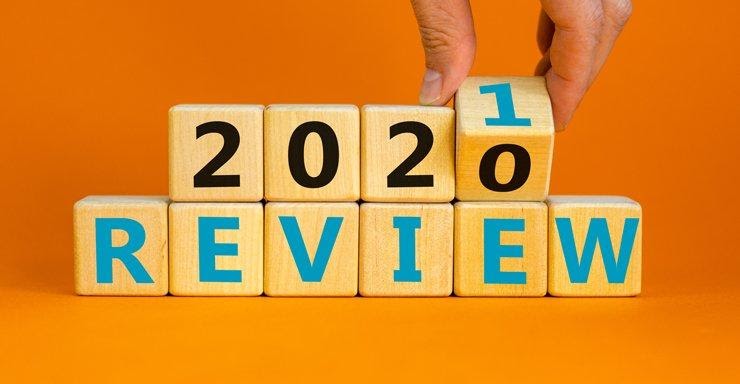The year began at the height of a pandemic — with an attack on the Capitol, the inauguration of a new president and continued work by activists around the country for racial justice, voter’s rights and sustainable climate policy.
This was supposed to be the year when everything was supposed to go back to normal. 2021 did see vaccines approved and administered to millions of Americans. At press time, the Pfizer vaccine was approved for children aged 5 to 11, which was welcome news to many. But vaccine hesitancy remains for some and reluctance seems greater for parents of the children in this age group.
Variants like Delta also threw a wrench in plans to put Covid-19 behind us. But with the majority of the people vaccinated, most pre-pandemic activities have resumed, though they might look a little bit different.
In-person events have started to make their way back onto organizational calendars, seen as a welcome chance to connect with colleagues in person. And many in the government have made their way back to physical offices too, though there are signs that public-sector leaders largely realize that remote work options must remain. Staying agile, flexible and resilient has never been more important, ang the government has proven it is capable of doing all three.
As we have also noticed this year, digital services have exploded in government during the pandemic as agencies strove to maintain and improve service offerings for citizens that didn’t require physical contact. Alongside that push has been major momentum behind single sign-on efforts to simply access to the growing number of online offerings.
While 2021 still felt the impact of Covid-19, the government has worked on a transition to a more hybrid future ahead – modernizing systems, navigating cybersecurity and basically preparing for whatever possible event may occur next.





